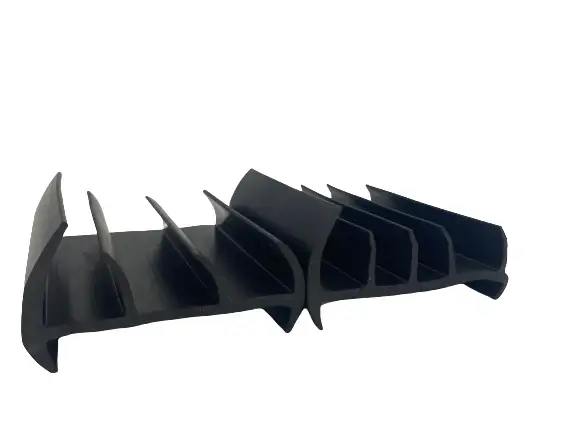ডিসে. . 16, 2024 17:36 Back to list
Exploring Various Types of Bottom Door Seals for Enhanced Insulation and Soundproofing
Types of Bottom Door Seals A Comprehensive Guide
When it comes to maintaining energy efficiency and enhancing the comfort of a home, one often overlooked component is the bottom door seal. These seals play a crucial role in preventing drafts, reducing noise, and keeping out dust and pests. With various types available on the market, it’s essential to understand the different options to choose the best one for your needs. Here, we explore the most common types of bottom door seals and their unique benefits.
1. Rubber Door Seals
Rubber door seals are among the most popular options due to their durability and effectiveness. Made from high-quality rubber materials, these seals create a tight barrier when the door is closed. They are especially effective in extreme weather conditions, providing excellent insulation against cold drafts in winter and hot air in summer. Rubber seals are also resistant to wear and tear, making them a long-lasting choice.
Vinyl door seals offer a lightweight and flexible option for homeowners. They are easy to install and can be found in various sizes and thicknesses to fit different door types. Vinyl seals are particularly effective in preventing air leaks and reducing outside noise. Their resistance to moisture makes them a suitable choice for areas with high humidity, such as bathrooms or basements.
3. Brush Door Seals
types of bottom door seals

Brush door seals are designed with soft bristles that effectively block drafts and debris while allowing for smooth door movement. These seals are ideal for exterior doors and can also be utilized on interior doors to reduce sound transmission. Brush seals are especially beneficial for pet owners, as they prevent pets from squeezing through gaps while still allowing easy access when the door is opened.
4. Mechanical Door Sweeps
Mechanical door sweeps combine a solid or flexible bottom seal with a flexible flap that makes contact with the floor. This type of seal is mounted on the bottom edge of the door and shields against drafts, dust, and insects. The flap adjusts to uneven floors, ensuring a tight fit regardless of the floor surface. Mechanical door sweeps are favored for their versatility and ease of installation, making them suitable for both residential and commercial applications.
5. Foam Door Seals
Foam door seals are among the easiest and most cost-effective solutions for insulating doors. Made from closed-cell foam, these seals can be cut to size and applied directly to the bottom of the door. While foam seals might not provide the same level of protection as rubber or vinyl options, they are excellent for temporary solutions or less frequently used doors. They help in minimizing heat loss and can be a convenient choice for DIY enthusiasts.
Conclusion
Selecting the right bottom door seal can lead to significant improvements in energy efficiency, comfort, and overall home quality. Each type of seal has its own set of advantages, making it essential for homeowners to consider their specific needs and the conditions of their environment. Rubber and vinyl seals are excellent for durability and weather resistance, while brush and mechanical sweeps offer flexibility and robust sealing capabilities. For a more budget-friendly option, foam seals can be an effective temporary measure. By understanding the various options available, you can make an informed decision that will enhance your living environment and save on energy costs in the long run.




